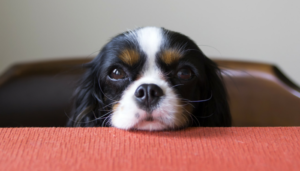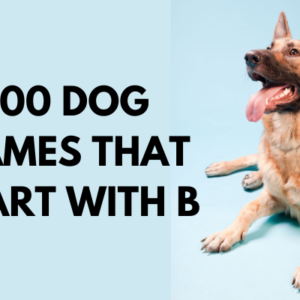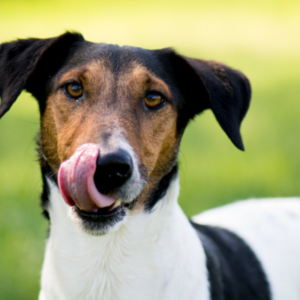
Disclaimer: Please be aware that I am not a veterinarian and this article should only be taken as general guidance. If your dog experiences more eye discharge than usual or sudden changes arise in his/her condition, seek professional medical advice immediately.
Are your dog’s eyes covered in boogers? If that’s the case, you are certainly not alone – I find myself constantly wiping them off my dog when we take pictures together, which almost guarantees she will have some in there too.
Let’s take a brief look at why dogs get eye boogers and what health issues to beware of in this area.
Why Do Dogs Develop Eye Boogers? While eye discharge in dogs is entirely normal, certain symptoms should be taken seriously such as yellow or pus-filled discharge that could indicate serious infections.
Why do dogs get eye boogers? In this article we’ll take a closer look at some of the common causes for canine eye discharge as well as potentially dangerous symptoms to watch out for. Here is a quick snapshot of five causes for canine eye discharge:
Conjunctivitis (commonly referred to as Pink Eye) is the inflammation of tissue covering the front part of an eyeball and eyelid. Common symptoms of canine conjunctivitis include eye discharge, excessive blinking, redness and swelling around both eyes – although in certain conditions only one may be affected.
Conjunctivitis can result from various causes, such as viral or bacterial infections, allergies, eyelid abnormalities, glaucoma, tumors, trauma to the eye or inflammation from environmental pollutants like smoke. Treatment typically entails antibiotics, pain medication, antihistamines or possibly surgery for tear duct issues.
Canine Dry Eye (Keratoconjunctivitis sicca) is a condition caused by inadequate tear production (or their rapid evaporation). Common causes include hypothyroidism, canine distemper virus infection and immune disorders that damage tear producing glands – any one or all could contribute to dry eye in dogs.
Canine Dry Eye is a condition characterized by irritation, redness and discharge in both eyes. Your dog may blink excessively or hold their eyes shut due to dry eye symptoms; one eye may appear worse than the other. Corneal ulceration caused by Corneal Dry Eye can significantly impair vision in some dogs; treatment options depend on severity; these could include artificial tears, antibiotics or surgery.
Epiphora
Epiphora can also impact dogs, and simply refers to an excessive discharge of tears from the eyes. While often symptoms of another issue or condition, excessive tear drainage could indicate something more is going on and requires medical intervention from a vet in order to properly identify its root cause. So if your pup seems discontent with their eye discharge it would be wise to consult your veterinarian to ascertain its source.
Common symptoms are an excess of wetness around your dogs eyes and reddish or brown staining on its fur. If your pet exhibits more wetness than usual around their eyes or is discharging an abnormal amount, contact your veterinarian as soon as possible to pinpoint its source. Treatment could include antibiotics, steroids or surgery depending on its cause.
Entropion, a genetic eyelid condition, occurs when one portion of an eyelid folds inward. This causes its hair to rub against the cornea, potentially leading to ulceration or perforation and scar tissue formation that obstructs vision.
Entropion in dogs typically presents itself with symptoms including squinting, excessive tears and mucus discharge from the outer corners of their eyes. Treatment for entropion requires corrective surgery.
Certain breeds of dogs with bulging eyes are more prone to experiencing eye issues like excessive eye discharge or excessive tear production.
Exophthalmos, or the bulging out of orbit of an eyeball, is common among brachycephalic (short nosed) breeds such as Pugs, Boston Terriers, Boxers, Bulldogs and Shih Tzus. Dogs with bulging eyes are more prone to eye problems as their exposed eyes collect foreign material more readily than normal.
Bloodhounds and Cocker Spaniels with loose skin are more prone to ectropion (eyelids that roll outward) and cherry eye, wherein a gland in the eyelid moves out of place, than other breeds.
Ocular discharge from your dog could be an early warning of something more serious going on with them, so it’s advisable to see their veterinarian immediately for diagnosis and treatment plans.
Resources & Recommended Reading
To gain more insight into why dogs get eye boogers, please check out these articles:




